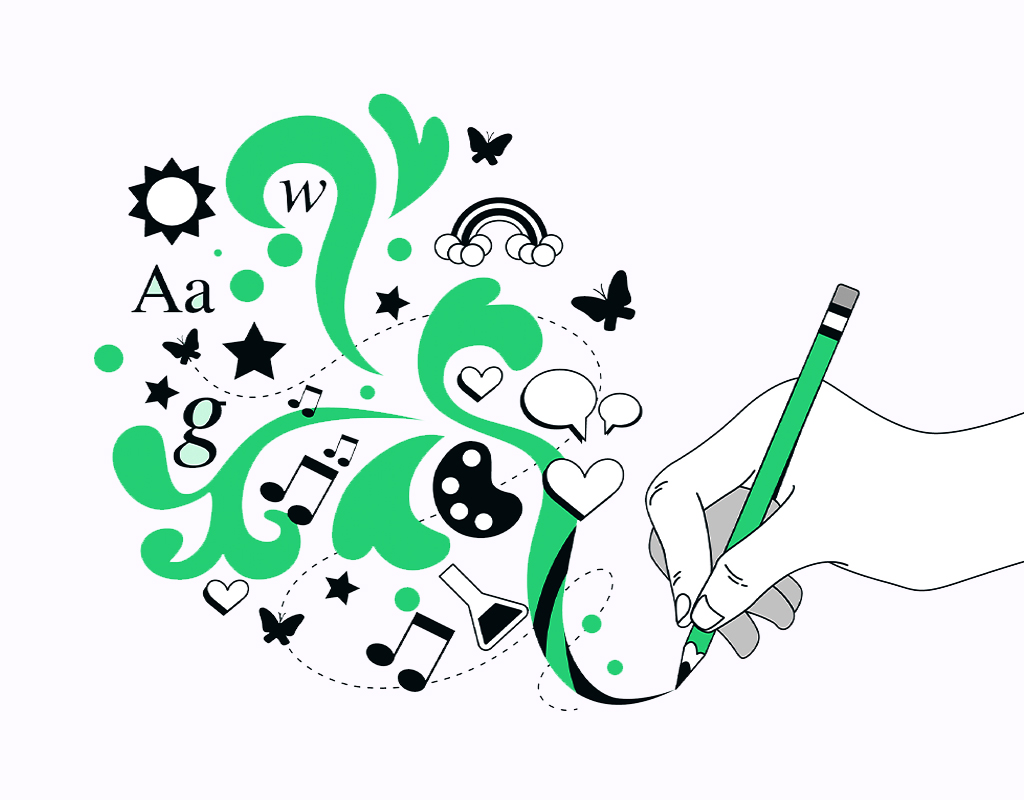7 Ways to Build a Career as a Writer
Writing is an attractive profession that promises name, fame, creativity and fulfilment. However, in the world of publication, nothing is like a piece of cake anymore. You have to get accepted in publication houses, which has become a very lengthy process in the traditional route. Therefore, many people want to navigate how to publish and print your own book. But more people are suffering from the lack of confidence that they can do it; they think that probably the profession is not meant for them. however, that’s not true; self-publishing is a growing career option for many budding authors, and each one of us have the skill and ability to write. We just need to do it the right way.
Here are 7 Ways in Which you Can be A Writer-
- Nail down a Proper Story Idea– The idea or basic theme of your book is the primordial element which will drive the entire plot of your fiction/non-fiction. You have to think whether the idea has the potential to drive a 75000-100000 words book. Also, whether it will be able to capture the readers for a substantial length of 6 hrs. At this stage, choose your genre wisely, the niche area where your book will be; the subject will decide your genre and sub-genre, i.e. whether it is a fiction, literary fiction or non-fiction. If fiction, then whether it is a romantic, horror, thriller, suspense, fantasy, sci-fi or mythological work.
- Establish a Setting – Usually the first couple of chapters should have a basic setting, the backdrop on which the story takes place. The place name, the details and descriptions of the area where the characters act, are important. In most Victorian novels, especially the novels by Emily Bronte went in length in describing the setting. For her, the place was not just a place, it acted as an overseer observing the rights and wrongs of the character, the Fate in disguise which is eventually responsible for rewarding or punishing the characters accordingly. Hence setting can be used as one of the moving factors in the novel to create a sense of horror, suspense, impending danger or peace, happiness and romantic bliss for the readers. Even if you want to write a non-fiction, follow the pattern of the Alchemist, where the back story of the narrator comes in as an engaging element to keep the readers interest.
- Develop Your Characters Well – Jane Austen’s novels can be studied for its multivarious characters from a stoic individualistic Elizabeth to a romantic Jane, to a vulnerable Mary to panic-stricken crazy mother trying to get daughters married, to a righteous, introvert but proud Darcy, to a deceptive yet funny and amorous villain Wickham. Again, Charlotte Bronte’s Jane Eyre gives us some very complex characters which eventually intrigue the psyche of the readers. Hence before starting with the actual novel, write out your characters, name them and give each one a unique characteristic.
- Establish Conflicts and Stakes – A flat plot will never make your book readable for a long time. There need to be problems, highs and lows, in other words, undulations and disturbances which will keep readers on the edge of their seats, and they will be moved to read further to know what happens next. There should be cliffhangers at chapter endings to make the readers continue their journey. Such conflicts will help your novel gain pace and move towards the denouement or untangling of hassles such that the novel can have its well breathed climax.
- Use Proper Editing Software– If you publish and print your own book, you must use proper tools to write and edit your grammar, punctuations and format. Even if you do not do the final edit, there has to be a basic authenticity to your writing. Make sure your manuscript has correct spellings in one form of language, so you need tools to investigate your manuscript errors.
- Start with Blogging– If you want to test your writing skills, you can first start a blog post of your own. Share your plot, your character sketches and whatever comes to your mind, whatever you find relevant to discuss. This is just to push you into the habit of writing regularly. Then blogs can get you readers. When you circulate your concept over the internet, you have more people who know about you. In the current digital world, you can use your blog site to build a brand, create awareness and promote your book later on.
- Practice, Practice, Practice– It might not always be a simple task to become a writer. Writing confidently, that can sell can be tricky. You need to work on the finesse and professionalism of the tone of your writing. For that purpose you should write regularly, sometimes randomly, sometimes with organized thoughts. Then you should read your work aloud to identify the mistakes. Correct them as many times as required. Go back and rewrite.
However, to publish and print your own book, the most essential step is to select a good publisher. If you are up for self-publishing, you may want to choose a publishing guide like Exceller Books, who will help you gain the finesse and professionalism in your writing, while letting you have full control and authority over your work.

